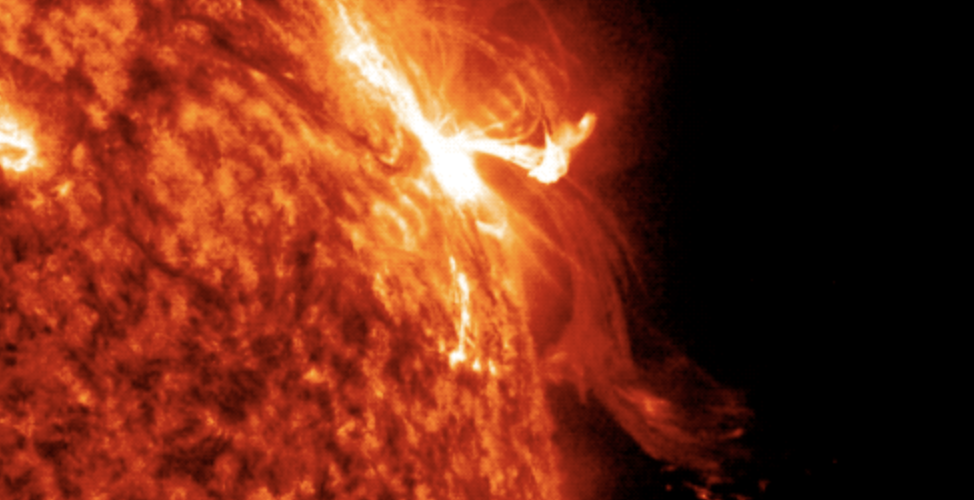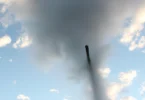
On March 3, a powerful X2.1 solar flare shot out from the Sun, serving as a potent reminder of the potential risks solar events pose to our planet. Luckily, the flare was not directed towards Earth, which averted disastrous consequences. Scientists and space agencies worldwide keep a watchful eye on solar activity and its impact on Earth’s atmosphere and the space environment. This vigilance is critical for mitigating the threats that solar flares pose to technology, infrastructure, and space exploration efforts.
Solar flares are sudden bursts of energy released from the Sun’s surface in the form of light, X-rays, and charged particles. They are classified into three categories: C, M, and X, with X-class flares being the most powerful. The number that follows the class designation indicates the flare’s strength within that category. In this case, the X2.1 flare signifies an extremely potent solar event.
If the X2.1 solar flare had been directed towards Earth, it could have had severe repercussions for our planet. The high-energy particles and radiation released during such an event can cause significant disruptions to Earth’s magnetosphere, resulting in geomagnetic storms. These storms can induce currents in power lines, potentially causing blackouts and damage to transformers, leading to widespread power outages. Moreover, they can disrupt radio communications, impacting air travel and causing difficulties for emergency services.
The flare’s impact would not have been limited to the ground; spacecraft and astronauts in space would have been at risk too. High-energy particles can damage sensitive electronic equipment onboard spacecraft, resulting in system malfunctions or, in extreme cases, rendering satellites inoperable. This would have significant implications for various services that rely on satellites, such as GPS navigation, weather forecasting, and communication networks.
Astronauts in space would face elevated radiation exposure, posing threats to their health. This exposure could increase their risk of developing acute radiation sickness, cancer, or other radiation-related illnesses. Space agencies take solar activity into account when planning space missions, ensuring that the necessary precautions and safety measures are in place to protect astronauts from such hazards.
Fortunately, Earth dodged a bullet on March 3. The X2.1 solar flare did not directly impact our planet, saving us from potential disaster. The event highlights the importance of monitoring the Sun’s activity and investing in research to better understand and predict solar flares and other space weather phenomena. Robust early warning systems can help governments and organizations prepare for and respond to space weather events, minimizing the potential risks they pose to our interconnected world.
While there are existing early warning systems in place, such as the Space Weather Prediction Center (SWPC) operated by the National Oceanic and Atmospheric Administration (NOAA), continuous improvement and advancements in these systems are essential. As our reliance on technology grows, our vulnerability to space weather events increases. Investing in research, monitoring systems, and protective measures is crucial for ensuring the resiliency of our infrastructure, both on Earth and in space.
The X2.1 solar flare on March 3 was a stark reminder of the powerful forces at play in our solar system. By closely monitoring solar activity, understanding the potential risks, and implementing measures to protect our technological infrastructure and human lives, we can better prepare for future solar events and mitigate their potentially disastrous consequences. This near-miss highlights our continued need for vigilance and underscores how lucky we were that the X2.1 solar flare was not aimed directly at Earth.








